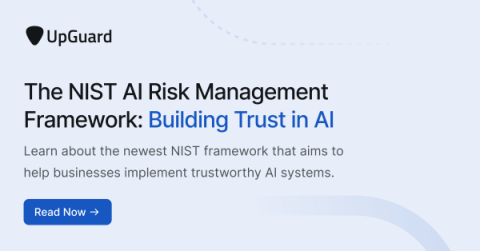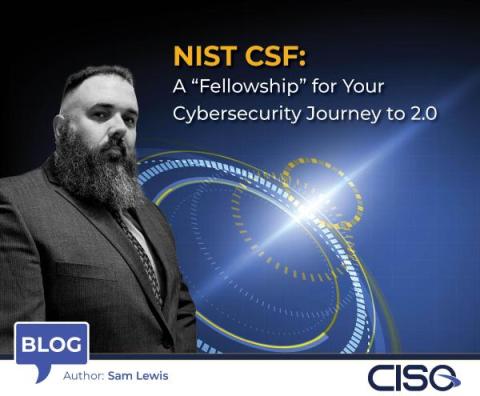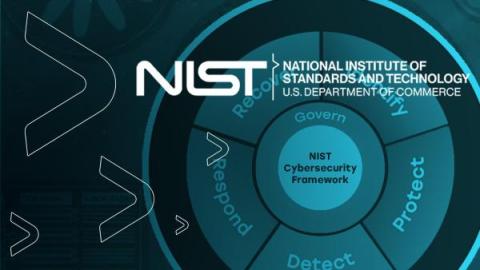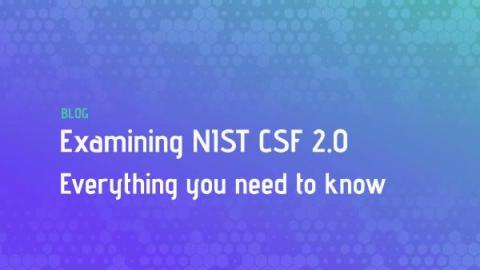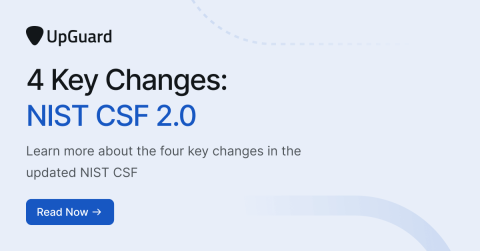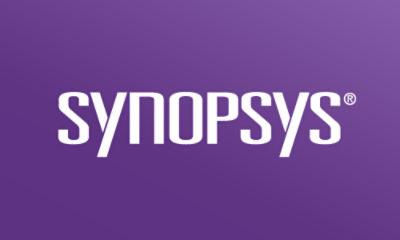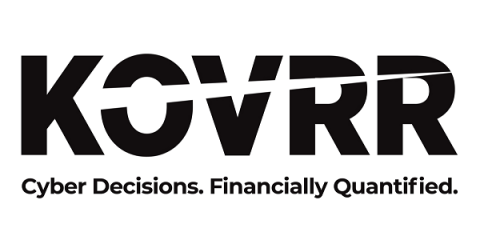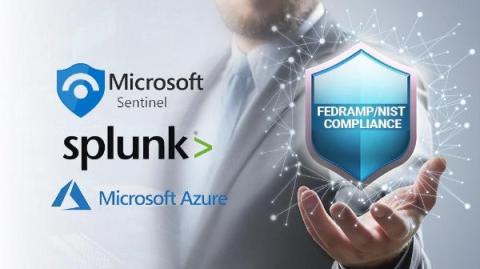The NIST AI Risk Management Framework: Building Trust in AI
The NIST Artificial Intelligence Risk Management Framework (AI RMF) is a recent framework developed by The National Institute of Standards and Technology (NIST) to guide organizations across all sectors in the use of artificial intelligence (AI) and its systems. As AI continues to become implemented in nearly every sector — from healthcare to finance to national defense — it also brings new risks and concerns with it.


